A useful indoor plant is a Shami plant. Every homeowner wants their house to be the most stunning spot on earth. Trees and plants that are green accentuate our houses’ attractiveness and positivity. They offer tremendous advantages in addition to air purification. Some plants can bring luck and wealth into our homes. The Shami plant is one such species. This blog is about Shami Plant – Benefits, How to Grow, Placement & Worship of Shami Plant.
Every plant and tree has a unique personality. Due to their numerous effects, this plant’s shape, colour, scent, fruits, and blooms are all connected to distinct planets. Some plants, however, are also revered. For instance, practically every Hindu household worships Tulsi. Like most feng shui plants, it can drive out all negative energy from the home. Similarly, worshipping the Shami plant is considered to be very promising.
Quick Key Facts – Shami Plant
| The scientific name of Shami Plant | Prosopis Cineraria |
| Other names of Shami Plant | Chhikur, Gonharea, Samee, Saikanta |
| Sunlight requirement | Requires regular sun exposure |
| Soil type required | Requires sandy and loamy soil |
| Soil PH level | Mildly acidic |
| Estimated mature size of Shami Plant | Grows up to 15 – 20 ft tall and 10 – 15 ft. wide. |
How to Identify Shami Plant
Indian-born Shami is a medicinal plant also referred to as White Kutch. This plant’s botanical name is Acacia Polyacantha Willd. The Hindi word for the Shami plant is chikkur.
How to identify Shami plants is as follows: It is a medium-sized tree with white-pubescent limbs and papery, whitish bark that has darker horizontal spots scattered throughout. Slow-growing, light yellow to virtually white flowers are paired with flat, stalk-like fruits with a triangular beak at the tip.
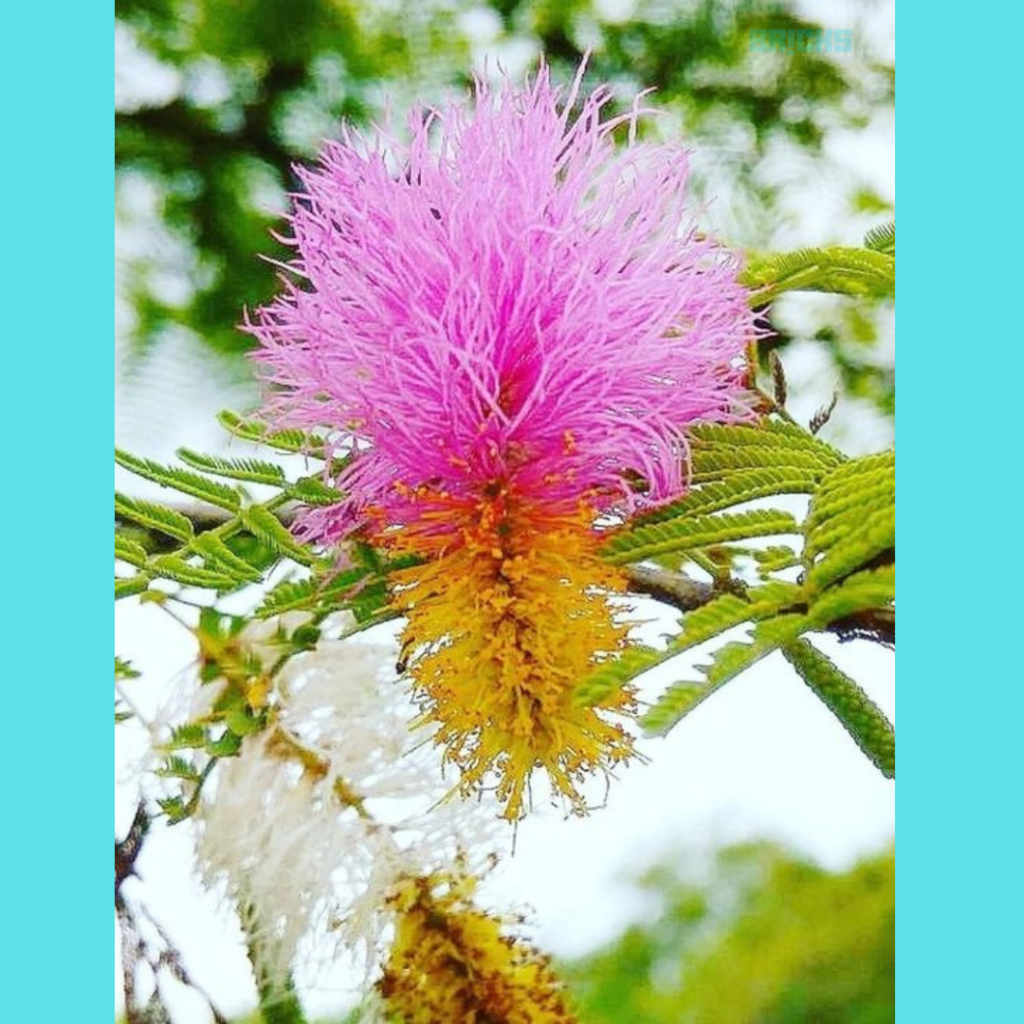
How to take care of the Shami Plant
Sunlight: Direct sunlight is essential for shami plants, especially when they are germinating. Put the plant in a place with good light and shade.
Temperature: The Shami plant has to germinate between 9 and 20 degrees Celsius. However, plants get more challenging as they get older. These plants cannot withstand the sun during scorching summers, like those experienced in Indian states like Madhya Pradesh, Rajasthan, and Gujarat. In these places, plants ought to be relocated into the shade.
Pruning: Even if the Shami plant doesn’t need to be groomed, it’s a good idea to prune these plants because it can promote plant growth. When you notice dried leaves or blossoms, prune your plants and remove them altogether.
Watering: Once established, plants only need a little water. It can survive dry conditions as well. Rewater the area when the topsoil has dried. However, you must maintain the plant’s moisture throughout germination. It’s critical to ensure the water gets to every area of the soil.
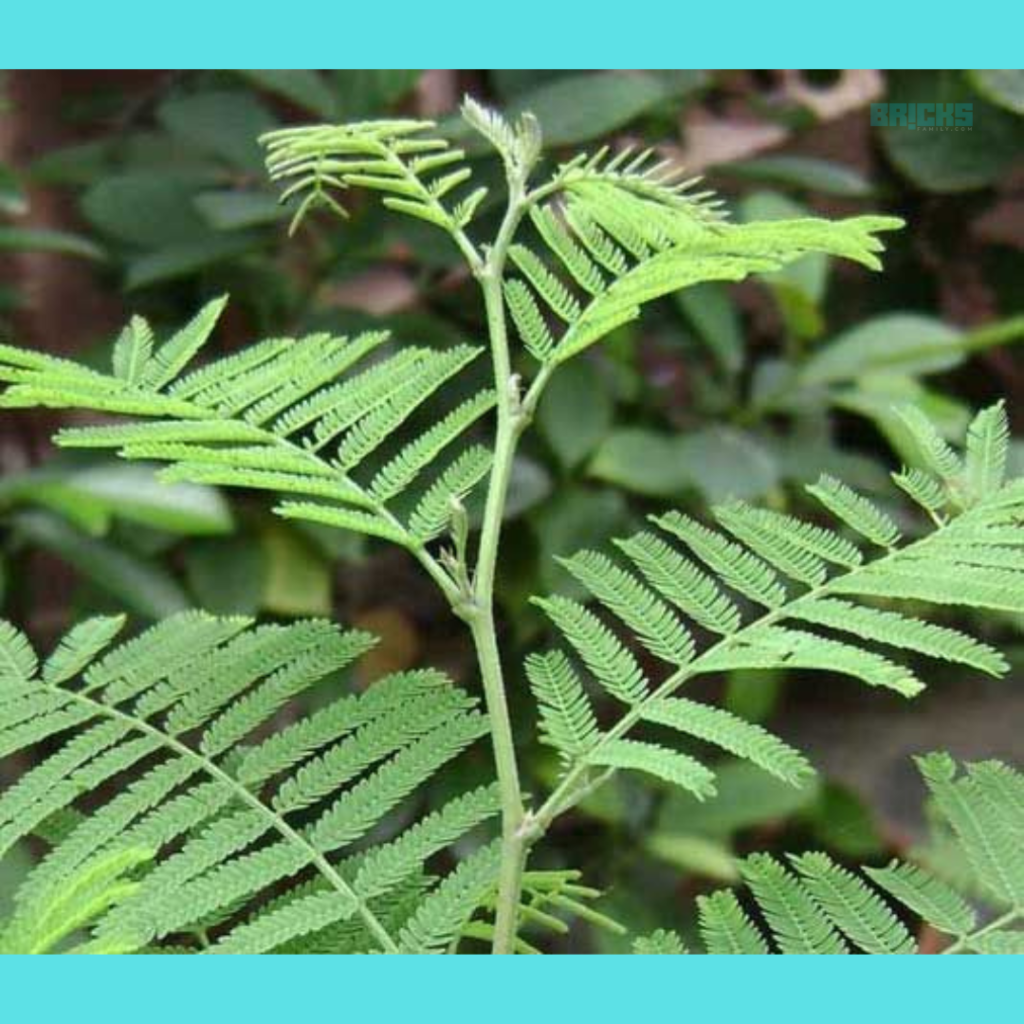
Shami Plant Benefits You Should Know
The benefits of the shami plant are not new to us. In addition to its religious significance, it is renowned for its astrological and therapeutic properties. Shami Plant – Benefits, How to Grow, Placement & Worship of Shami Plant.
- The Shami plant has similar health benefits to tulsi. Consuming the fruits, leaves, roots, stamps, and juice of Shani Dev can lessen its adverse effects.
- A Shami tree may shield your home from the destructive energy of others while also bringing you happiness, tranquillity, and money.
- In the sphere of medicine, the plant is crucial. It is advised by Ayurveda to cure a wide range of illnesses, including mental problems, schizophrenia, respiratory tract infections, high temperatures, herpes, loose stools, leucorrhoea, and others.
- The plant’s many parts can be utilized medicinally. A decoction of the crushed bark is used as a gargle to relieve sore throats and toothaches, and the dried, powdered bark is applied topically to aid ulcer healing. A potion made from tender leaves is an antibacterial treatment for diarrhea and dysentery.
- To eliminate intestinal parasitic worms, apply the leaf extract. Urinogenital diseases are treated with the pods.
- The Kapha and Pitta doshas of the body can be balanced by using the Shami plant, according to Ayurveda. The fruit and bark of this plant are used to cure the doshas. Additionally, it helps treat burning feelings in the eyes and face, scorpion bites, bleeding issues, and itchy skin conditions.
- It is recommended for women who frequently experience miscarriages.
- The fruit paste of the Shami plant is also employed for shaving the face.
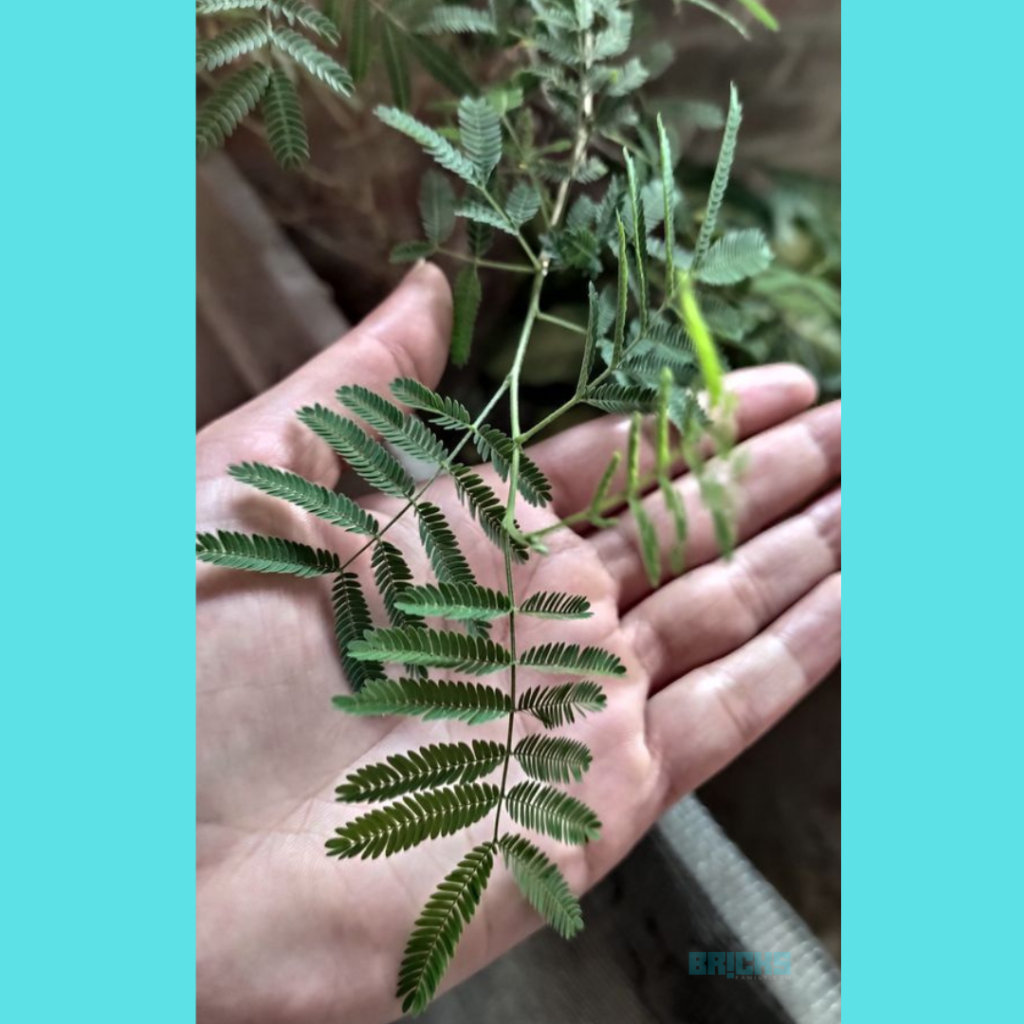
How to grow Shami Plant
Cuttings and seeds are the two methods for growing Shami plants. The most accessible means of reproduction for the Shami plant are cuttings and seeds. You must only adhere to a few straightforward, correct measures to be good to go.
Growing Shami Plants Through Cuttings
Step 1: Find a healthy plant to take cuttings from for future growth. Slant the plant’s stems at a 45° angle to take these cuttings. You should take at least three to four stem cuttings because not all may grow.
Step 2: Remove the leaves off the sides of the stems before planting these cuttings. Trimming the sides will encourage quicker development because the leaves will become buried in the soil during germination. You don’t have to remove the leaves at the top.
Step 3: When the cuttings are prepared, dip them in a rooting hormone. You can produce your rooting hormone at home by mixing three parts aloe vera gel with one part honey if you’d instead not use synthetic rooting hormone. The rooting hormone will speed up the rooting process.
Step 4: To make a potting mix, combine loamy soil, compost, and sand in equal parts. Get a pot that drains effectively to stop sand from flowing out of the drain hole. At the bottom of the pot, you might place a dish or some stones. After that, fill the bottom third of the container with potting soil.
Step 5:Once the pot is ready, poke a hole through the mixture with the stems using your fingers or any long, pointed object. The rooting hormone should be applied to the stem’s base end. Now, you may carefully fill the surrounding soil with the cuttings in the pot. Water the plant thoroughly.
Growing Shami Plant Through Seeds
- Obtain Shami seeds from a neighborhood nursery or garden supply store.
- Before planting, you must soak the seeds for at least 12 to 24 hours.
- Scrape the seed’s outer coating or coat gently to avoid damaging the embryo.
- Place the seed in the potting soil and lightly moisten it (see above, step 4).
- To promote germination, keep the pot in bright, direct sunlight.
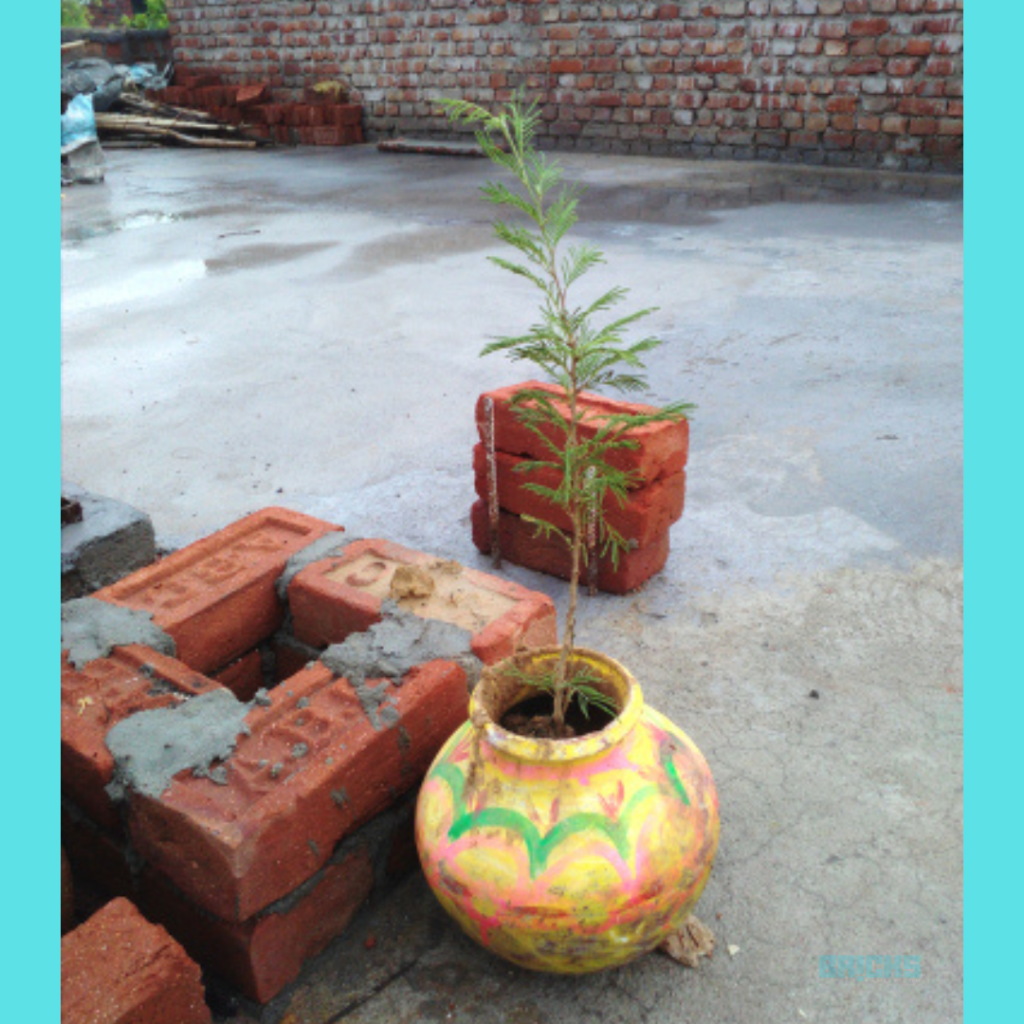
Religious Importance of the Shami Plant
Hindu holy traditions mention two trees that can lessen the impacts of Shani or Saturn. Shami and The Peepal Tree are these. It is believed that worshipping these two trees will reduce Shani’s impact. One should grow Shami trees near his home to prevent Shani’s bad results. In addition, the Shami plant’s leaves and petals can counteract Shani’s unfavorable effects.
The Ramayana also discusses the significance of the shami plant. Lord Rama prayed before going to fight with Lanka under a Shami tree. Similarly, the Mahabharata claims that when Arjuna took the shape of Brihannal while in exile, he hid his heavenly Gandiva bow behind a Shami tree.
Shami leaves are also employed to worship Goddess Durga and Lord Ganpati. On the tenth day of Navratri, when it is honored all over India, this tree is greatly revered. The Hindus who worship it every Saturday lit a lamp under the Shami plant. As part of the tenth-day Dussehra ritual, the Marathas shot arrows at the tree’s leaf and collected the falling leaf in their turbans. According to the Mahabharata, the Pandavas spent the thirteenth year of their exile in disguise in the Virata kingdom.
They said they had spent a year hanging their celestial arms in this tree before going to Virata. After a year, they returned and found their arms safely tucked up in the Shami tree’s branches. They kneeled before the tree and praised it for protecting their constituents throughout the abduction. The worship lesson also makes use of the leaves of this plant. It is advised to visit this plant before going on any worthwhile endeavor.
What Vastu Says About the Shami Plant
According to Vastu Shastra, the vegetation around your home enhances its positive energy. Experts in Vastu advise planting a Shami tree in your home if Saturn or Shani impact your horoscope. South is the ideal direction for Shami plants in Vastu. Keep it to the east or northeast if there is no direct sunshine. If not, put the Shami plant outside so that every time you leave the house, it is on your right hand.
The Vastu experts also recommend a good day and time to plant the Shami plant on the property. A mustard oil light should be lighted every Saturday at dusk in front of the Shami tree if Shani Sade Sati or Dhaiya is active.
This tree should ideally be planted on a Saturday. The placement of the Shami tree inside the home is crucial because it represents Shani Mahadev. According to a Vastu expert’s recommendations, you can easily ensure healthy tree planting within the home.
Can Tulsi Plant and Shami Plant be Planted Together?
Some experts say Tulsi and Shami plants shouldn’t be kept together. This is so because Lord Shiva loves the Shami plant and does not love Tulsi. Make sure to maintain a safe spacing between the two plants.
Where to Plant or Place the Shami Plant?
- The Shami plant is a promising plant that belongs in a pot or is best planted close to the front door of your house.
- If you already own a Shami plant, keep it dry.
- Make sure the Shami plant is placed on the right side when you exit when placing it close to or on the main door.
- Remember to position the Shami plant towards the South to maintain it on the roof. The Shami ka plant can be kept towards the east or South if the South does not offer enough sunlight.
- Make sure to place the Shami plant in a clean, dry spot. The plant should be placed away from a drain or rubbish can.
- Because the Shami ka plant is lucky, venerate it daily, light a lamp nearby, and make offerings to it.
How to Worship Shami Plant
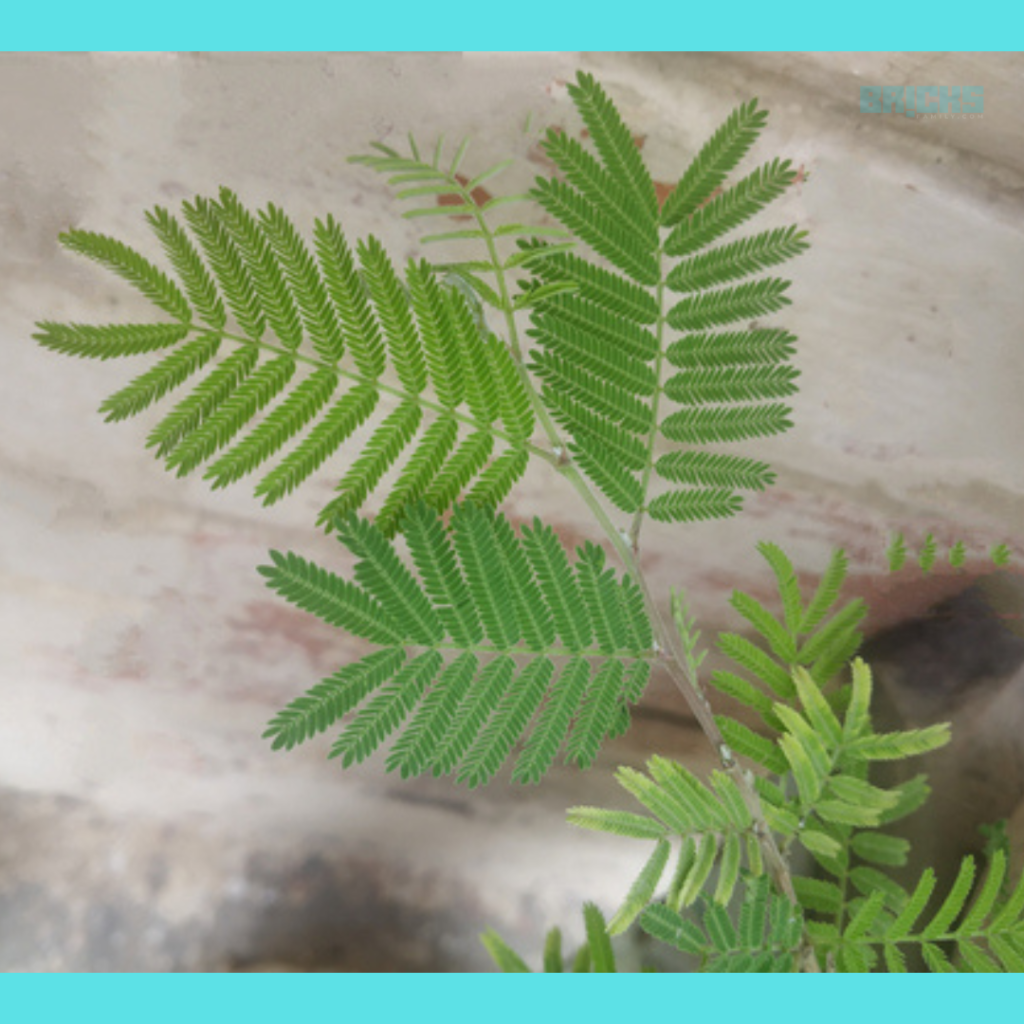
You must know how to worship the Shami plant now that you are fully informed about it, including its uses and religious significance. Every Saturday, you must light a Diya (lamp) beneath the Shami plant in your home. Every day, presenting a Shami leaf to Lord Shiva is also seen as lucky.
Additionally, watering your Shami plant daily is crucial before a bath. Even the leaves of the Shami plant are significant. When leaving your house to pursue a good job or opportunity, it’s stated that staring at the Shami plant will bring good luck.
Additionally, worshipping the Shami plant daily without fail eliminates all forms of suffering. All the issues are resolved, and wealth is also increased. Wear a piece of Shami plant wood wrapped in black thread if Shani is to blame for an illness or an accident.
Significance of Shami Plant on Dussehra
After nine days of Navratri celebrations, the Dusshera festival commemorates the triumph of good over evil. Performing the Shami Tree Plant Puja is a significant ceremony in many cultures.
- Before traveling to Lanka to retrieve his wife, goddess Sita, Lord Rama prayed for success before the Shami Tree. Shami Tree is therefore honored during Dussehra during the Aparahna Muhurat.
- Pandavs used to store their weapons under the Shami Tree to worship it on Dusshera.
- Kings and Kshatriyas performed Shami Puja to pray for wealth and victory over adversaries.
What is Shami Plant called in Hindi, English, and other Languages?
The Shami plant belongs to the Mimosaceae family. Its botanical name is Prosopis Cineraria. It has the following names in different languages:
Marathi: Saunder, Shemi, Somi
Hindi: Shami, Chikur, Khejri
English: Prosopis Cineraria
Sanskrit: Shami, Shiva, Mangalya, Sattufla, Tunga, Keshahatri, Lakshmi, Shivafla
Kannada: Perambai, Banni, Takkite
Oriya: Khodiro, Shami, Somi
Konkani: Xembi, Shami
Tamil: Parambai, Kalisam, Jambu
Telugu: Jambi,Jammi chettu
Gujarati: Khamdi, Khijado, Hamra
Punjabi: Jandi, Jand
Malayalam: Vammi, Parampu
Bengali: Shami, Somi
Arabic: Ghaf
Urdu: Jandi, Kandi
Summing up the Shami Plant
The Shami plant’s special significance is intriguing. Since the beginning of time, people have revered this object because it is thought to bring luck and happiness. It is one of the greatest plants for your home and enhances the area’s appearance. Just be careful to take good care of and maintain the Shami plant. In this way this blog explained about Shami Plant – Benefits, How to Grow, Placement & Worship of Shami Plant.
Also Read: Kareena Kapoor House: A Visual Tour of Luxury and Class
Similar Topics: 10 Interior Design Ideas To Reduce Stress And Anxiety















